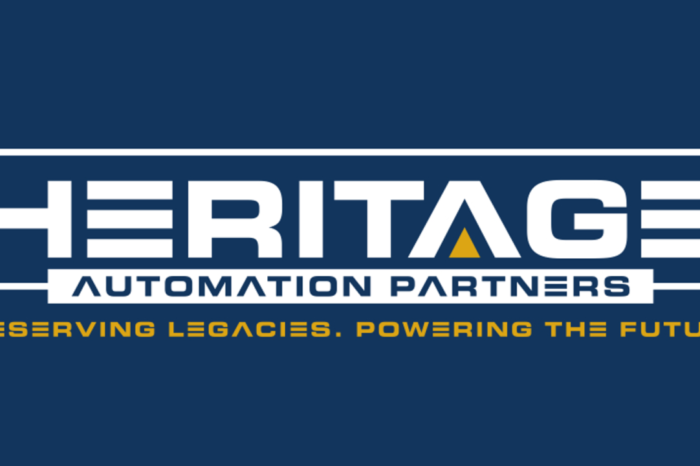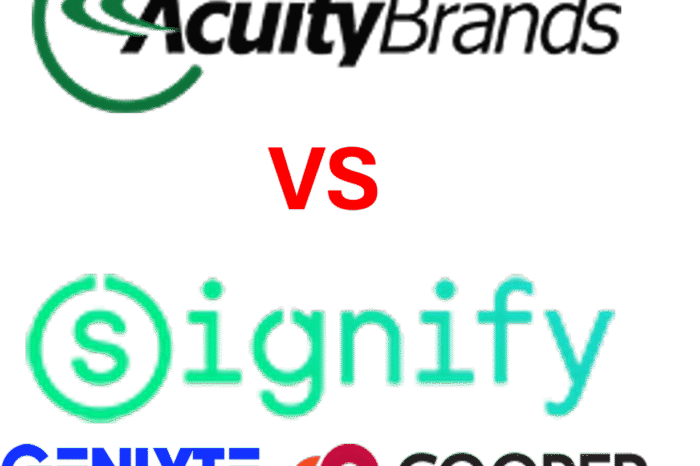Energy Efficiency & Evolution of Utility Rebates
 A continued growth area for distributors is energy efficiency. While new construction, almost by definition, will utilize “energy efficient” products, the renovation market is where there is continued growth potential. It requires companies to be aware of the benefits, their options and potential funding sources (which historically has included utility rebates.)
A continued growth area for distributors is energy efficiency. While new construction, almost by definition, will utilize “energy efficient” products, the renovation market is where there is continued growth potential. It requires companies to be aware of the benefits, their options and potential funding sources (which historically has included utility rebates.)
One of these funding sources over the years have been utility rebates.
These utility rebates are either captured by the “buyer” submitting for the rebate themselves, distributors offering a value-added service and submitting the claim information on behalf of the buyer (and some charge for this service whereas others have absorbed it as a cost of doing business / a way to capture the project and then there are third-party services like BriteSwitch that can manage the process on behalf of a distributor or end-user buyer.
For many distributors knowing the intent of their utility company for the coming year is an element of their planning. The question of “are they having another rebate program?” is really asking “will the utility help me generate energy efficiency / lighting sales?” Essentially these distributors are seeking for the utility to create buyer demand. Other distributors are less concerned, have hired (or will hire) energy / lighting specialists to call on end-users and have developed models to involve their electrical contractors to provide installation services. These distributors are seeking to generate demand, capture market share and control the sales process. In many instances they are also adding value to their customer relationships (if end-users, either commercial MRO or industrial, they are bringing cost-saving ideas, if contractors then they are bringing additional business and / or partnering to offer expertise.)
As to understanding what is going on in the utility market we reached out to our friend Chris Cloutier at D+R International who previously wrote about “Selling Lighting or Selling Data“.
Thanks for the opportunity to share what we are seeing going on in the utility world with incentive programs. I think there are a few things ElectricalTrends readers should be aware of.
The buzzword in utility programs right now is “mid-stream”. For these incentive programs, this means working actively with distributors to help promote efficient products (mostly lighting, but not exclusively). These programs take lots of different shapes and sizes, but usually they involve the following elements:
- Payments to the distributor. These may be to reach sales goals; help incentivize efficient products; be used for sales training and support; and/or, for price buydowns on efficient products (probably LED lights). How much is available and what the payments may be used for is going to vary by program;
- Sales support. Again, there will be a lot of variation, but it may be co-op advertising; sales training for sales staff; SPIFF’s for sales staff; and/or, providing sales and promotional materials.
- Data tracking. Some type of monthly report from the distributor’s ERP or POS system on product sales. Some programs will offer a stipend for this data; most/all programs will enter into NDA’s to protect the distributor’s data.
- Data reporting. Most programs will offer participating distributors some type of reporting that helps them better understand their sales and performance within the context of the program / regional area.
- Manufacturer outreach and support. The program will look to better engage the manufacturer in the promotion, stocking and sales of the targeted efficient product. This can include more and better sales training and product promotion; revising SPA’s to help make price adjustments; and ways to change stocking patterns.
The idea behind these programs is pretty straight-forward – utility efficiency programs recognize that offering a rebate on a product only woks for so long, for so many customers. If they want to increase the sales of these efficient products – and capture more energy savings – they should work through existing distributor channels and have the distributors help influence that purchasing decision. This works particularly well for commercial products. These programs tend to be more administratively simple and straightforward, but that is not always true – it depends on the individual program. The programs my firm helps manage, we work very hard to make the distributors participation simple and straightforward.
Electrical and lighting distributors should be aware that these programs are spreading rapidly. Right now they are focused mainly on commercial lighting products, but you should expect to see them spread to HVAC products and potentially pumps and motors.
The second thing your readers should be aware of is the increasing need for data these utility programs have. For years these programs have operated with a limited understanding of the markets they are trying to influence. That is beginning to change. The best example of that is Momentum Savings, an effort in the Pacific NW that is trying to use market data to understand the market for a variety of products – notably lighting and HVAC (but not exclusively) – as a way to understand how many efficient products are sold in the market outside of utility rebate programs.
This effort works across the Pacific Northwest to capture as much data as possible on the sale of ALL products, so that it can identify how much of the market is already efficient. This understanding of the market helps they target utility programs and understand how – of if – these programs are impacting the market.
Momentum Savings is a very robust program and is limited to the Pacific NW. A more common example is the Lighting Characterization Work you and I are working on in Wisconsin. Every year the State of Wisconsin gives out ~$100M to WI businesses in the form of rebates for efficient products. In order to continue to justify these expenditures, the State needs to be able to show what (if any) impact the rebates are having on the market and to do that they need data. And, when I say data, I mean sales data. Lots of it.
My firm has (and continues to) work with sales data from multiple organizations, so I completely understand how hard it can be to agree to share this data. It is incredibly sensitive and proprietary and most firms have no history of sharing this outside their own organization. But, a lot of your readers use these incentive programs to sell high price, high margin, high value products. I would encourage them to be open to sharing data so that these programs can continue; without a clear understanding of the market, the programs frequently are subject to political decisions about what rebates to offer and how much those rebates are and history suggests that in many cases these decisions may not be as beneficial to your readers as those decisions that use real market data.
Your readers should consider a few points when (if) they are approached with these data requests:
- Is the request clear? Do they know what data is needed, in what format and for what purpose?
- Is there adequate protection of my data? Most programs will offer clear procedures – including signing NDA’s – that should provide assurances and protection of the data. If your readers don’t this, they should ask.
- What do they get back? As I mentioned above, some programs offer stipends for this data and some will offer some type of market intelligence report.
However, it’s important for your readers to understand that this data is becoming increasingly important for these incentive programs and if they choose not to participate, it can put these incentives at risk.
Thanks again for the opportunity to continue this conversation with you!
Planning Thoughts
Distributors, as you develop your 2017 plan consider:
- What percent of your sales are lighting? LEDs? Business generated by you or “serviced” by you?
- Was your lighting growth rate greater than your non-lighting growth rate?
- Is your lighting controls business growing at an above market average rate?
- Is your sales team knowledge about your market’s rebate availability? Claims process?
- Are you targeting energy efficiency opportunities in your marketplace?
- Have you considered targeting niche markets / verticals in your footprint?
- Does your marketplace, geographically, think of you for energy efficiency / lighting improvement or are you waiting for them to ask? Are you proactively marketing to develop a project pipeline?
- And, what tools do your lighting suppliers offer to help you generate business or are they so committed to their lighting agents / reps and hence not overly committed to distributors creating demand (and is your lighting agent accepting of a distributor stimulating renovation / project work)?
And if you are a manufacturer, consider:
- What tools you offer to distributors to support their efforts (and perhaps ask “what they would like / need?”
- Your lead sharing process
- Differentiating among distributors within a marketplace … market makers vs quotation engines
Are you invested for energy efficiency demand generation success (marketing, sales, data sharing, future services model, training, etc) or are you content with quoting? If you’re interested in next step idea generation, give us a call.






















